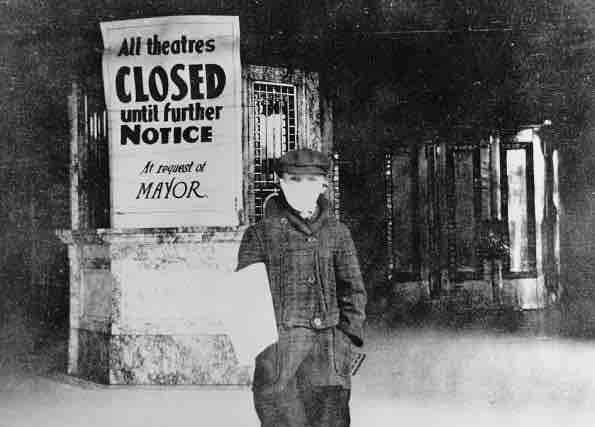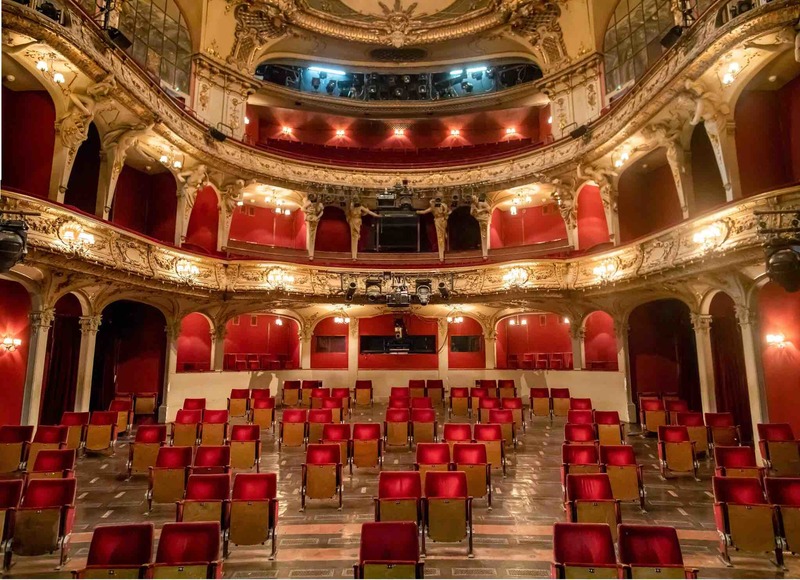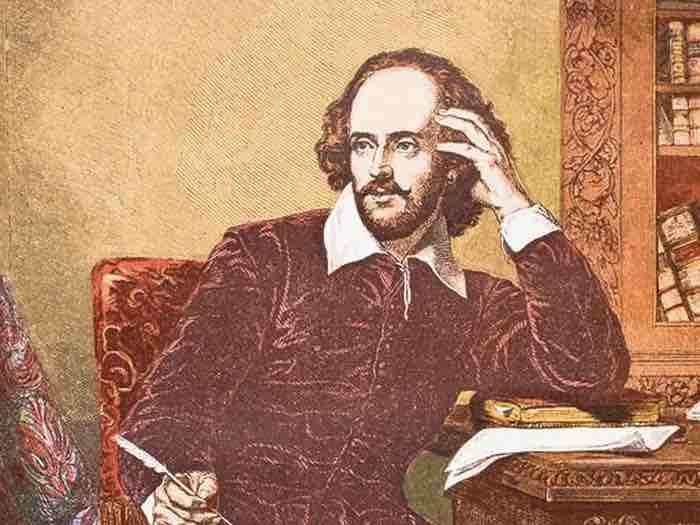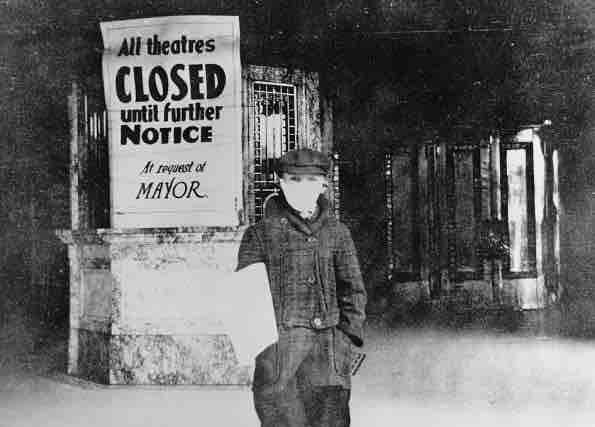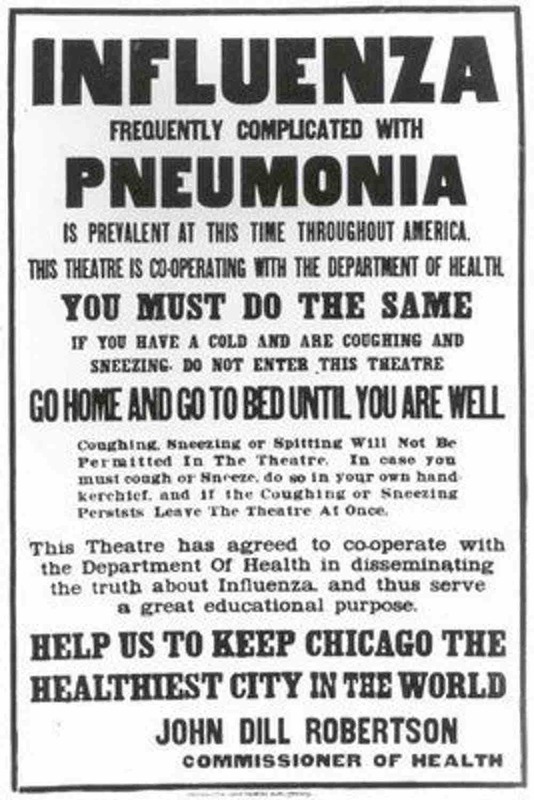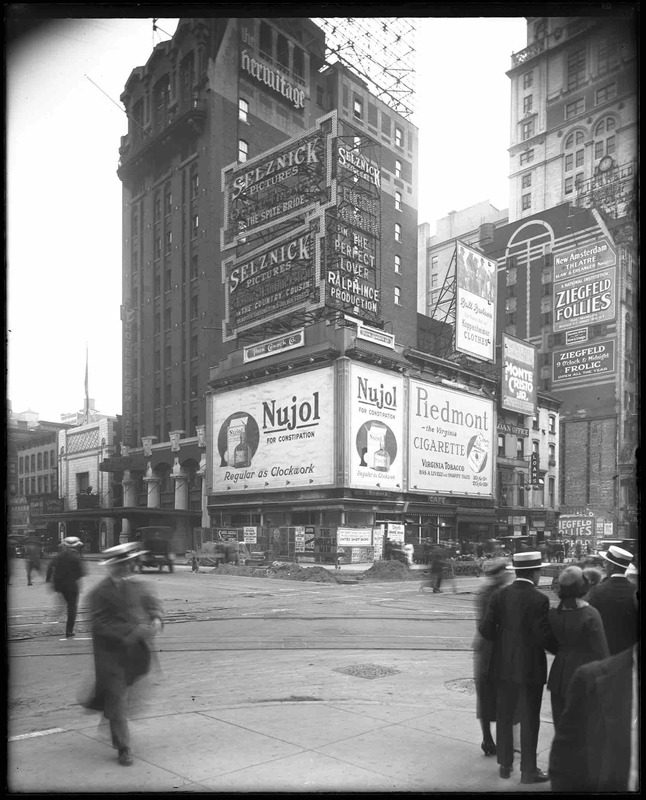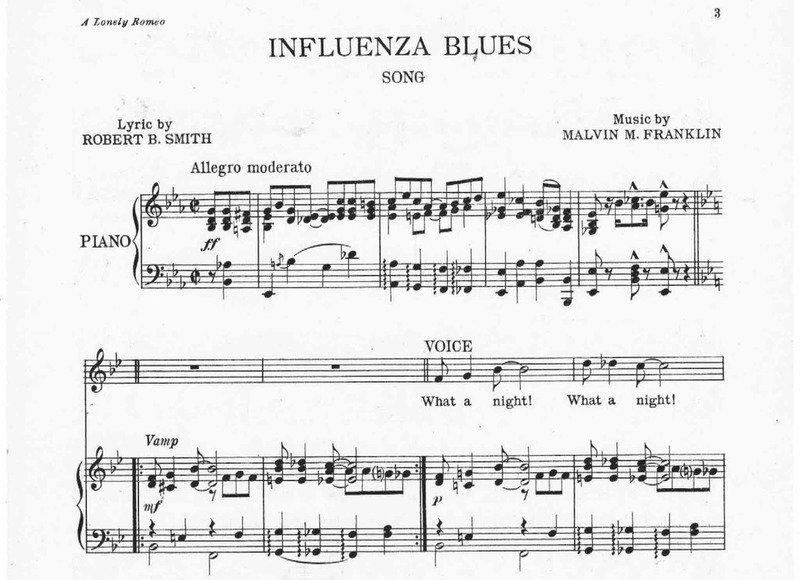Historic Pandemics
History has shown that when there is an epidemic or pandemic, the performing arts are often one of the first areas to be shut down, which always leads to future implications. Western history provides several well-known recorded examples going back to ancient Greece. Ancient Greek healers understood that the best way to prevent the spread of disease was to encourage outdoor habits and to prevent large congregations of people. From 430-426 BC, the Plague of Athens transformed Grecian theater with the creation of the amphitheater and street performances. Those large open-air theaters were built to project sound while ensuring fresh air. This idea of open-air structures continued with the Roman Empire during the Plague of Justinian and later the English Renaissance during the bubonic plague. The creation and use of amphitheaters into the 21st century is one example of how pandemics have transformed theatre.
During those same periods, the rise of street performances became popular since large indoor groups were often prohibited. Street performances allowed artists to continue to entertain while ensuring a safe environment for their audience. It also allowed shows to be tailored to the space and audience, hallmarks that continue to be valued today.
In England, Elizabethans reinterpreted the wide, open Roman and Grecian theaters into tall, stacked structures, as exemplified with Shakespeare’s Globe theater. Unfortunately, while the ancient amphitheaters were spread out, which hindered the spread of disease, the vertical English theaters were often cited by government and health officials as a source for spreading disease, causing theaters to be shutdown repeatedly during the bubonic plague.
The impact of the bubonic plague to Western drama is most pronounced with Shakespeare. Many scholars have noted that those shutdowns and the death that was associated with them, is why Shakespeare is now beloved. Not only did it allow him time to write longer plays that expressed the death and sadness he was experiencing, such as in Hamlet, but with the theatres closed, he accepted commissions to compose romantic poetry that then led to his well-known romantic and melodramatic tragedies, specifically Romeo and Juliet, Antony and Cleopatra, King Lear and MacBeth. If it had not been for the reoccurring theater shutdowns and the plague, it is likely those beloved classics may never have been written.
While there are many more historic pandemic examples, the 1918 influenza pandemic is the final and most recent one within this collection. Now believed to have begun in Kansas, the “Spanish Flu” decimated theaters and performers in 1918 just as much as in 2020, but without any government assistance. When most states and cites forced vaudeville and movie theaters to close, some, like New York City, resisted for as long as possible to avoid panicking the public and to help counter the anxiety around World War I. Though some individual performer and theater accounts remain from that time, much of the resulting impact was not published in newspapers or preserved due to newspapers’ coverage of the war.
The items within this group are presented in the chronological order of the historical pandemics.
Looking to Past Pandemics to Determine the Future of Theater
Jake Nevins
September 20, 2020
News article
The greatest plays in the English language were written during a pandemic — and wouldn't have been possible without it
Drew Lichtenberg
August 8, 2020
News article
Showbiz & The Spanish Flu: Lessons from Last Century’s Pandemic
Thom Wall
March 31, 2020
News article
‘Gotham Refuses to Get Scared’: In 1918, Theaters Stayed Open
Laura Collins-Hughes
July 14, 2020
News article
